Billions of people around the world lack adequate access to one of the most essential elements of life: clean water.
Although governments and aid organizations have made efforts to help people living in water-scarce or water-stressed areas access clean water, the problem of clean water scarcity is expected to become more serious due to climate change and population growth.
Water stress can have serious consequences for public health, economic development, and global trade. It can even spur migration and cause conflict.
So, what is water stress?
Water stress or scarcity occurs when the demand for usable and safe water in a given area exceeds the supply.
On the demand side, the majority of the world's freshwater (about 70%) is used for agriculture, while the remainder is divided between industrial (19%) and domestic (11%) purposes.
On the supply side, there are two main sources: surface water such as rivers, lakes, dams and groundwater.
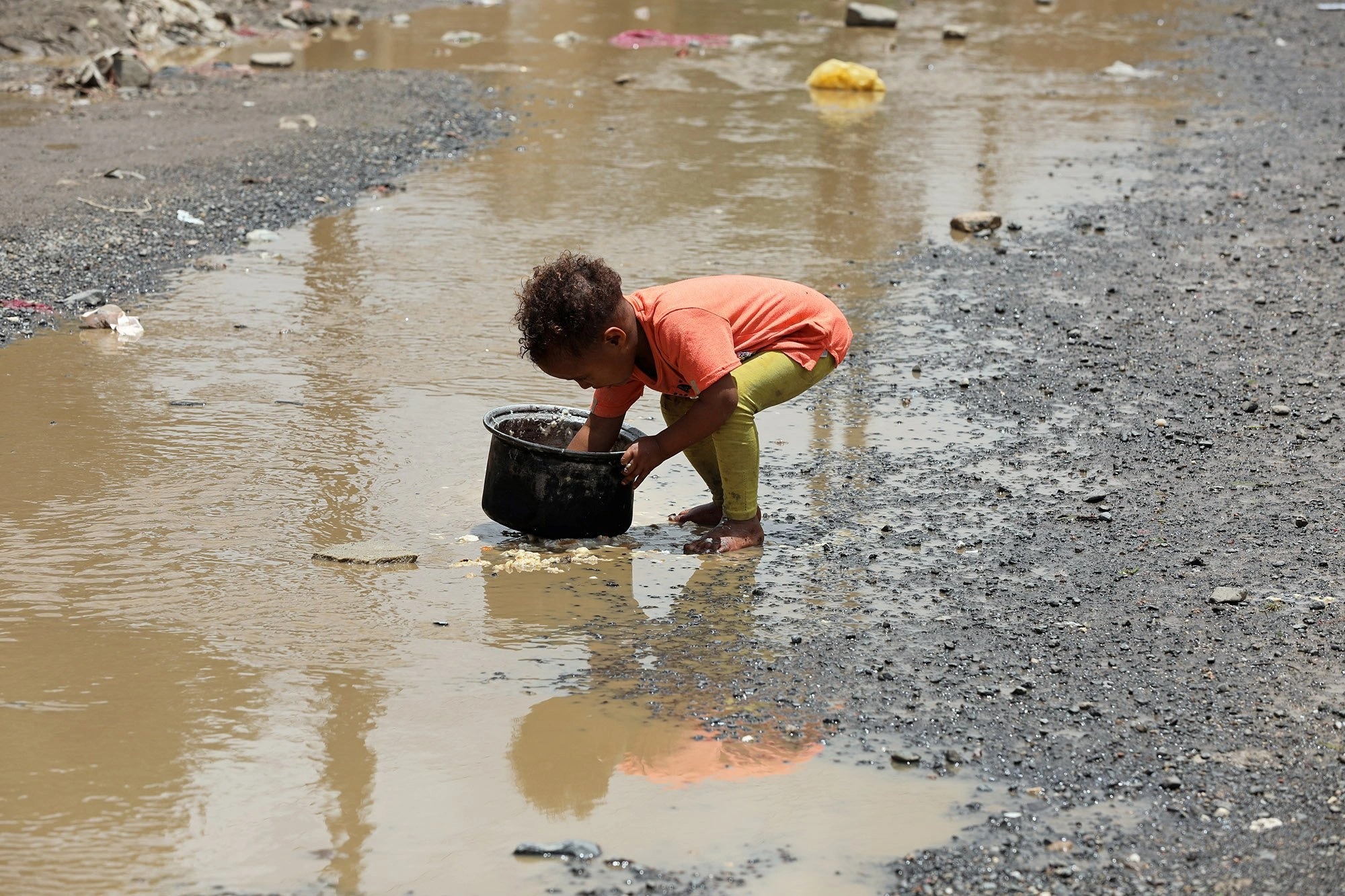
Clean water scarcity is expected to become more severe due to climate change and population growth. (Photo: Reuters).
There are two types of water scarcity: natural scarcity when water resources are lacking due to local ecological conditions and economic scarcity when water infrastructure is inadequate.
These two issues often occur together to cause water stress. For example, in water stressed areas, water scarcity occurs when there is less rainfall (natural scarcity) and a lack of water storage facilities (economic scarcity).
Experts also say that while natural causes contribute to severe water stress in a region, human factors are still considered central to the problem, especially when it comes to access to clean water and safe sanitation.
For example, in Oman and the southwestern United States - areas with water scarcity, the development of water infrastructure has helped these places solve water stress, creating conditions for life development.
Which places are most affected by water scarcity?
According to experts, the Middle East and North Africa region is the most affected by water stress in the form of natural scarcity.
Compared to other regions of the world, these two places record much lower average annual rainfall while countries in these two regions are experiencing expanding urban centers with ever-increasing populations, placing further pressure on water resources.
However, the wealthier countries in both regions are still able to meet their citizens’ water needs. The United Arab Emirates (UAE), for example, imports nearly all of its food, reducing its need for water for agriculture.
The UAE and several countries in the region also rely heavily on desalination to produce fresh water, although this process is energy-intensive and expensive.
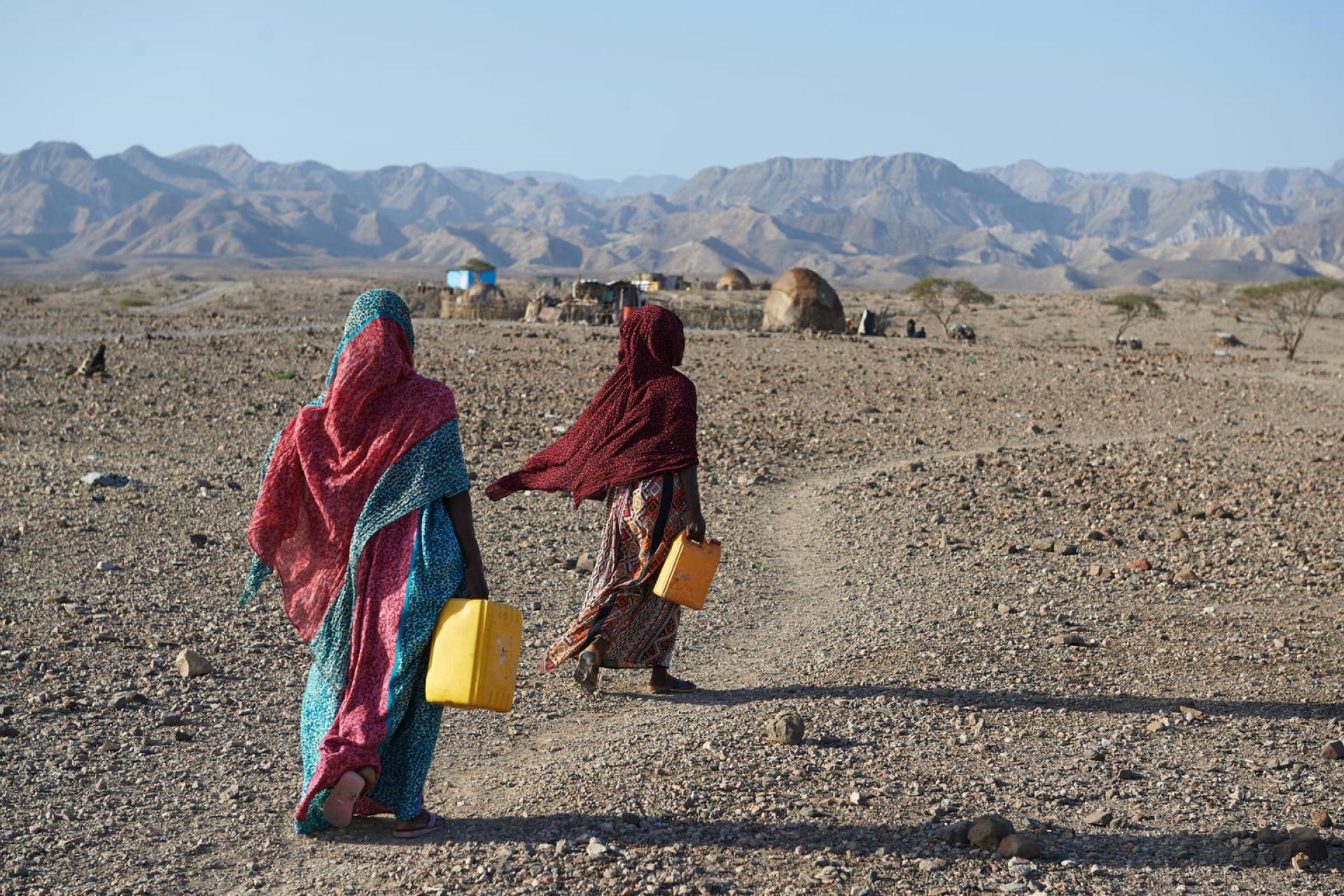
The Middle East and North Africa region is the most affected by water stress. (Photo: UNICEF).
Meanwhile, places that suffer from water stress in the form of economic scarcity include central African countries such as the Democratic Republic of Congo, which enjoy plenty of rain but lack adequate infrastructure and suffer from high levels of mismanagement.
Even high-income countries are experiencing water stress. Factors including outdated infrastructure and rapid population growth have put great pressure on some water systems in these places.
United Nations experts say that for every 1 degree Celsius increase in average global temperature, renewable water resources will decrease by 20%.
Global warming will expand areas of water stress and increase stress on areas already severely affected by water scarcity.
Impact on public health and economic development
Long-term water stress not only causes serious consequences for public health but also affects economic development.
More than 2 billion people worldwide do not have access to safe water and nearly half of the world's population lacks access to safe sanitation services. This leads to the spread of diseases such as cholera, typhoid, polio, hepatitis A and diarrhoea.
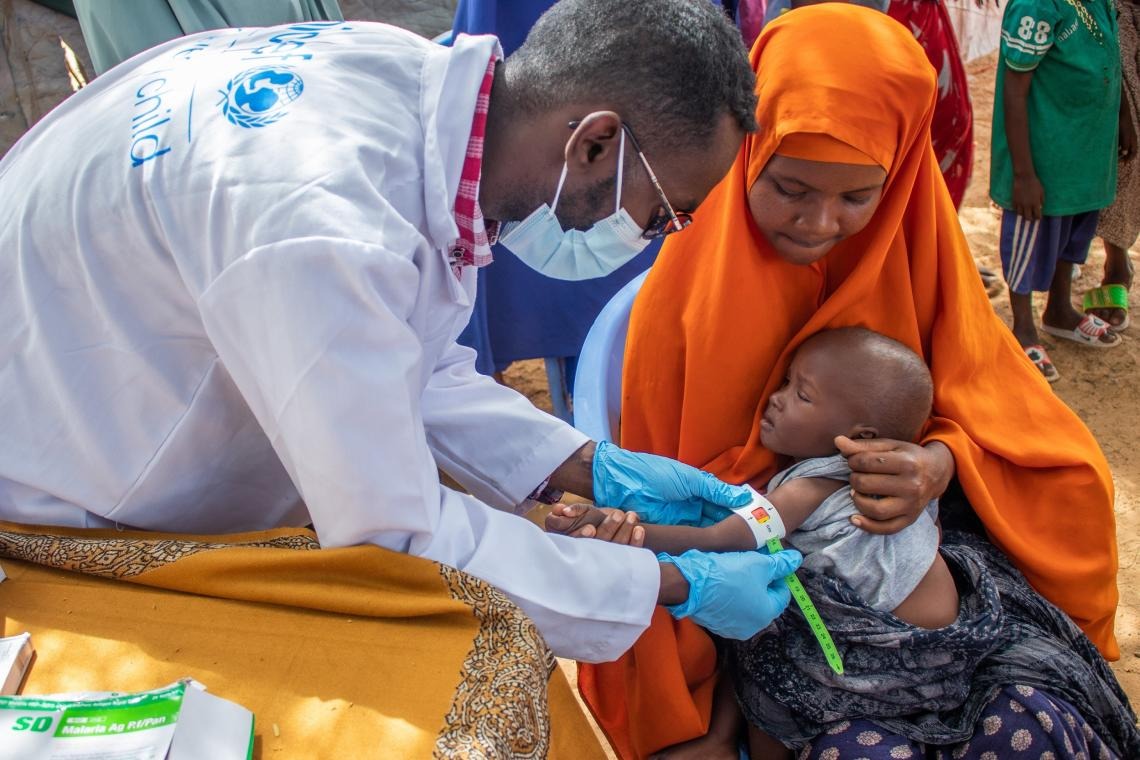
Children are at high risk of diseases caused by water stress. (Photo: UNICEF).
In addition, water scarcity makes agricultural production more difficult, thereby threatening global food security. Agriculture will be the sector most challenged by water stress.
Agriculture is being affected as rainfall becomes more unpredictable and rising temperatures cause water to evaporate faster from the soil. More erratic climates are also expected to cause more flooding, which could ruin crops and strain water storage infrastructure.
Food shortages lead to acute and chronic hunger, with children especially at risk of malnutrition-related diseases, as well as chronic diseases caused by poor diet, such as diabetes.
Even if some areas currently experiencing water stress have reliable access to clean water, people still have to spend a lot of time traveling to water sources and queuing to get water, time they could spend working or going to school, experts say.
This causes productivity to decrease, leading to slower economic growth.
The Covid-19 pandemic has increased the need for access to safe water. Handwashing is one of the essential measures to deal with the pandemic. However, health experts note that 3 in 10 people do not have water at home to wash their hands.
Problem solving solutions
The international community has been working together to address the water crisis, which has a direct and immediate impact on human livelihoods.
Ensuring the availability and sustainable management of water and sanitation services for all is one of the United Nations Sustainable Development Goals (SDGs).
The United Nations also calls water management “an essential component of nearly all mitigation and adaptation strategies,” warning of the growing vulnerability of conventional water infrastructure and offering a range of green alternatives, such as coastal reservoirs and solar-powered water systems.
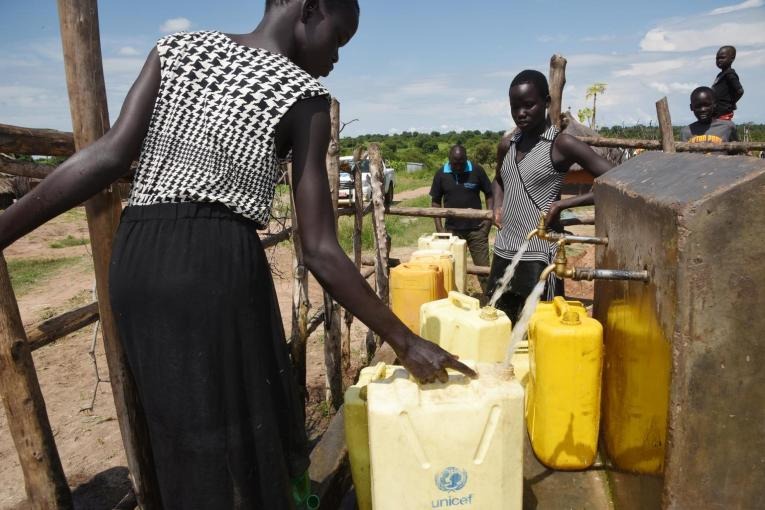
Sustainable water management is one of the United Nations' priorities. (Photo: UNICEF).
Yet there is currently no global framework for addressing water stress, similar to that for combating climate change or conserving biodiversity.
The UN Water Summit is set for March 2023, the first since 1997, but an international framework has yet to be put in place.
Instead, the summit established the position of the UN Special Envoy for Water and saw hundreds of governments, nonprofits and businesses sign a Water Action Plan that analysts called an important but insufficient step toward a binding agreement between the world's governments.
Some governments and stakeholders have made progress in increasing access to water services. Between 2000 and 2017, the number of people using safe water and sanitation services increased from 10% to 17%.
However, the rapid pace of climate change and the Covid-19 pandemic have posed new challenges as many countries now say they are unlikely to deploy integrated water management systems by 2030, the date when the SDGs (Sustainable Development Goals) are set to be achieved.
Meanwhile, many countries are taking ambitious and innovative steps to improve water security that could serve as models for others to follow.
First, green infrastructure. Peru requires water companies to reinvest a portion of their profits into green infrastructure that uses plants, soils, and other natural systems to capture rainwater. Vietnam has taken similar steps to integrate natural and traditional water infrastructure.
Second, recycle wastewater. More and more places are recycling wastewater into drinkable water. Factories in China and the United States are also turning wastewater treatment byproducts into fertilizer.
Third, build smart agriculture. The development of artificial intelligence (AI) and genome editing is also driving progress in agriculture. China has become a world leader in biotech crops to create higher yields and better resistance.
Yongkang (CFR)
Source











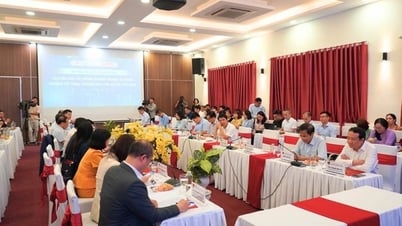

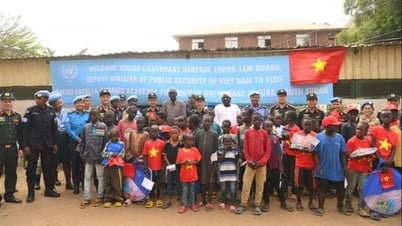








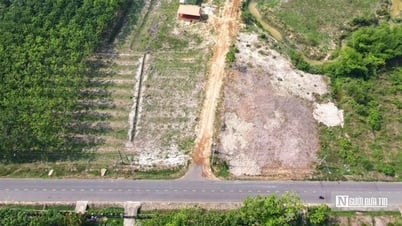




















































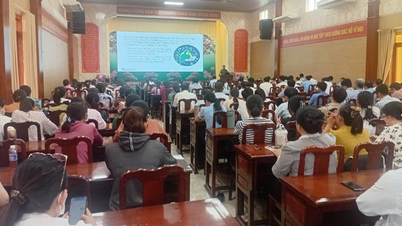
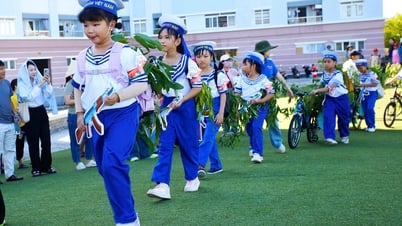


















Comment (0)